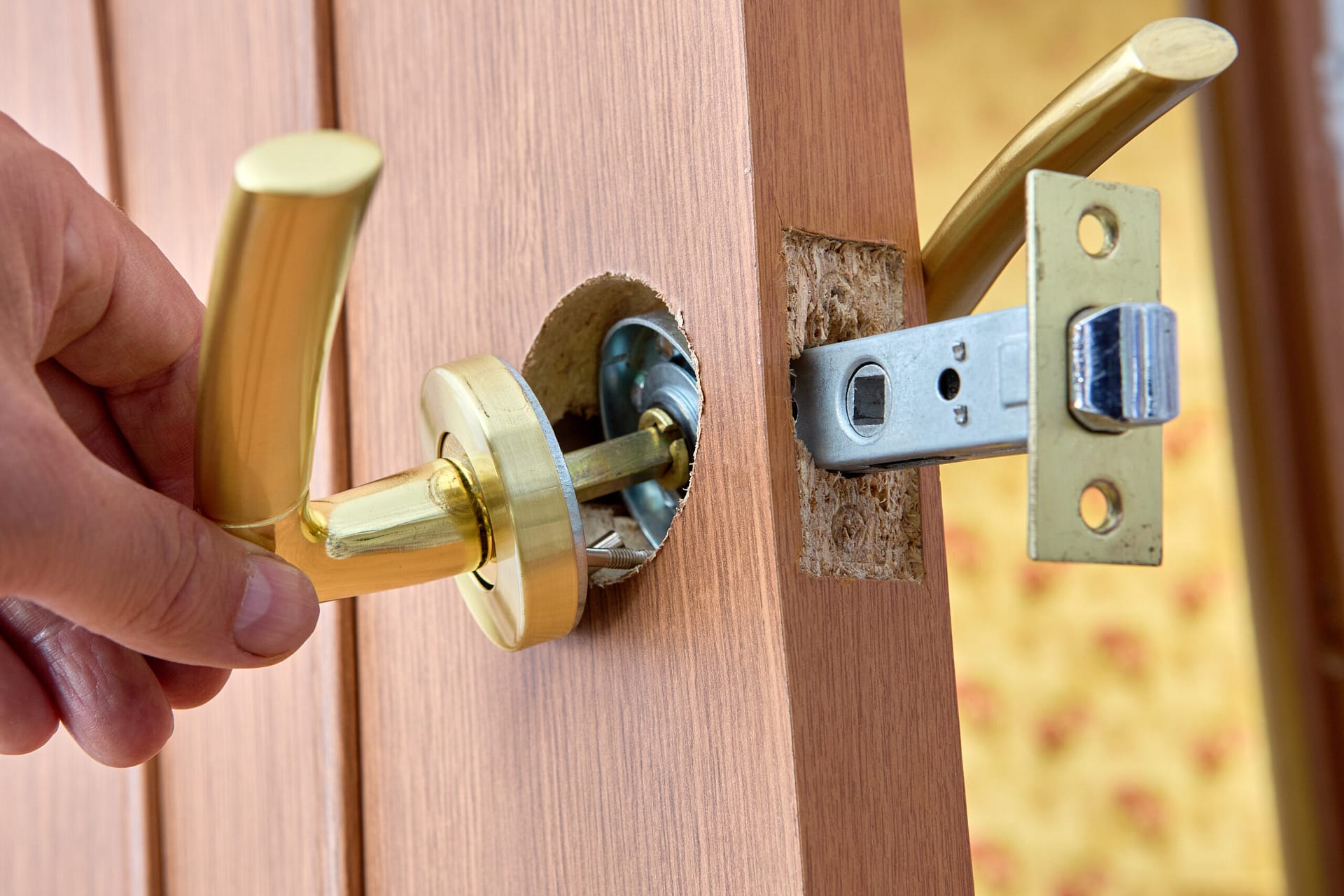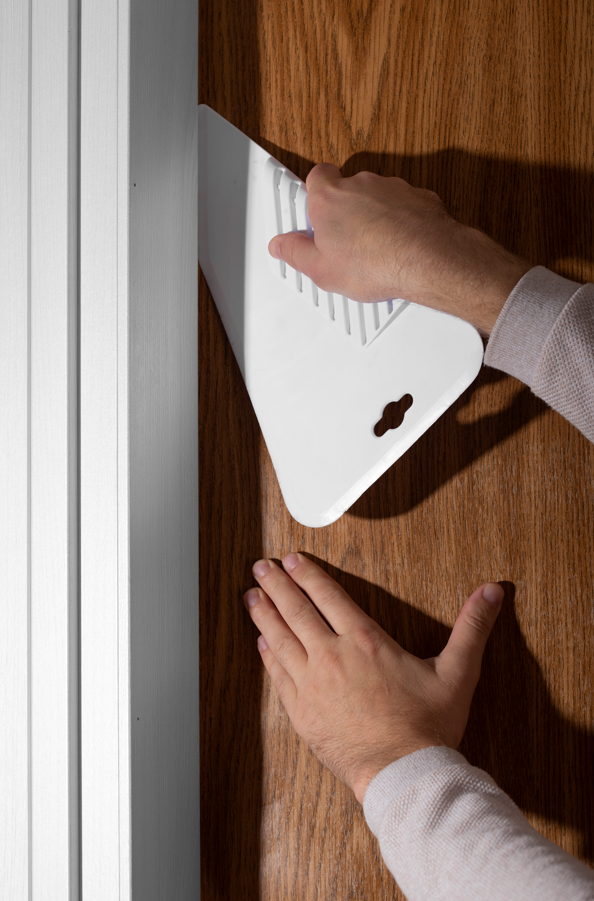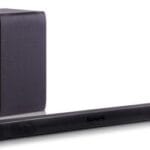Have you ever faced the frustrating problem of interior doors that won’t close properly? You’re not alone.
It’s a common issue that can disrupt the comfort and privacy of your home. Imagine the annoyance of a door that stubbornly remains ajar, or one that requires a hefty push to shut completely. You might find yourself asking, “Why won’t my doors cooperate?
” This article is here to ease your mind and provide practical solutions. Discover why your doors might be misbehaving and learn how to get them back on track. Let’s unravel the mystery and restore the functionality and tranquility you deserve in your living space.

Credit: www.youtube.com
Common Causes
Interior doors that refuse to close properly can be a real headache. Whether you’re dealing with a door that drags along the floor or one that just won’t latch, understanding the common causes can save you time and effort. Let’s dive into some typical culprits behind this frustrating issue.
Misaligned Hinges
Have you ever opened a door only to hear it creak ominously? Misaligned hinges might be the reason. When hinges are not properly aligned, they can cause the door to hang unevenly. This results in a door that struggles to fit into its frame. You might notice gaps at the top or bottom of the door or even difficulty in latching it securely. To fix this, check the screws in your hinges. Tightening loose screws or repositioning the hinges can often solve the problem.
Warped Door Frame
Ever had a door that feels like it’s fighting you every time you try to close it? A warped door frame could be to blame. Over time, frames can twist due to temperature changes, moisture, or just old age. This causes the door to stick or not align with the latch. One way to tackle this is by examining the frame for any obvious distortions. You might need to adjust or replace parts of the frame to restore its original shape. Have you checked your door frame recently?
Swollen Door
Does your door seem puffier during the rainy season? Swelling might be the culprit. Doors, especially wooden ones, can absorb moisture and expand. This makes them harder to close properly. If you notice this issue, consider sanding the edges of the door slightly. This will give it more room in the frame. You can also apply a sealant to the wood to prevent future swelling. Have you considered how the weather might be affecting your doors?
These common issues can disrupt your daily routine, but they’re often fixable with a little effort. Next time your door refuses to cooperate, remember these tips. You’ll be back to smooth sailing in no time.
Quick Tools Needed
Stuck doors can be frustrating. A screwdriver, hammer, and sandpaper are essential for quick fixes. Adjust hinges and smooth edges for a better fit.
When your interior doors won’t close properly, it can be frustrating, especially when you’re in a rush or expecting guests. The good news is that fixing this common household issue doesn’t always require professional help. With a few quick tools, you can address the problem yourself and restore your door’s functionality. Let’s explore the essential tools you’ll need to tackle this task effectively.
Screwdriver
A screwdriver is your first line of defense against doors that won’t close properly. Often, the issue lies with loose screws in the hinges. Grab a screwdriver that matches the screw heads on your door hinges. Tighten any loose screws to ensure the door hangs correctly. If some screws are stripped, consider replacing them. It’s a simple solution that can save you a lot of hassle.
Hammer
If your door is sticking or scraping against the frame, a hammer might be necessary. You can gently tap the hinges to realign them. This can help the door swing smoothly without obstruction. Use caution when applying force. A gentle approach is best to avoid causing damage. If you’ve never adjusted a door before, this might seem daunting, but it’s surprisingly straightforward.
Sandpaper
When a door is rubbing against the frame or the floor, sandpaper can be your best friend. Use it to smooth out areas that are causing friction. Sandpaper allows you to remove small amounts of material from the door or frame without the risk of overdoing it. Be patient and check your progress frequently. This ensures you don’t remove too much material. Have you ever thought about how a tiny adjustment can make a world of difference? It’s the little things that count. As you tackle these tasks, you’ll gain confidence in your ability to manage household repairs. It’s empowering to know that with just a few tools, you can solve problems that might otherwise seem overwhelming. Ready to give it a try?
Adjusting Hinges
Interior doors not closing properly often indicate a need for hinge adjustment. Misaligned hinges can cause sticking or gaps. Correcting this ensures smooth operation and enhances door functionality.
When your interior doors refuse to close properly, it can be both frustrating and inconvenient. Often, the culprit is an issue with the hinges. Adjusting hinges can be a straightforward fix that requires minimal tools and effort. Whether it’s a matter of tightening loose screws or replacing damaged hinges, you can tackle these problems with a bit of patience and know-how. Let’s dive into the steps you can take to ensure your doors swing and close smoothly once again.
Tightening Loose Screws
Loose screws are a common reason doors won’t close properly. Grab a screwdriver and check each screw on the hinge. If you find any that are loose, tighten them gently. Be careful not to overtighten, as this can strip the screw holes. If the screws aren’t biting into the wood well, consider using longer screws for a firmer hold. Longer screws can reach the door frame’s solid wood, offering a more secure fit. If you’ve ever noticed your door sagging, this quick adjustment might be all you need. Imagine the relief of a door that closes seamlessly, restoring peace to your home environment.
Replacing Damaged Hinges
Sometimes, the problem goes beyond loose screws and involves the hinges themselves. Check the hinges for any signs of damage or wear, such as bent parts or rust. If you spot any such issues, it’s time to replace the hinge. Start by removing the screws from the old hinge and gently detaching it from the door and frame. Choose a new hinge that matches the existing ones in size and style for consistency. Install the new hinge by aligning it with the previous screw holes. Secure it with screws, ensuring they are tight enough to hold everything in place. Have you ever considered how a small part like a hinge can impact your daily routine? By addressing this issue, you can prevent further damage and maintain your door’s functionality for years to come.
Fixing Warped Frames
Sticking interior doors often mean warped frames. Warping happens due to moisture or structural shifts. Fixing these frames ensures doors close smoothly. Regular checks can prevent further issues, keeping your home functional.
Fixing warped frames on interior doors can be a frustrating task, yet it’s a problem many homeowners face. When a door won’t close properly, it’s often due to a warped frame, causing misalignment. But fear not, because with a little bit of patience and some handy tips, you can restore your door’s functionality without calling a professional.
Inspecting Frame Alignment
Begin by examining the door frame to see if it’s aligned correctly. Stand back and look at the edges. Do they appear crooked or uneven? Use a level to check for evenness across all sides of the frame. If the bubble on your level doesn’t sit between the lines, you’ll need to make adjustments. Take note of any gaps between the door and the frame when the door is closed; these are telltale signs of warping.
Using Shims
Shims can be your best friend when fixing a warped frame. These thin, wedge-shaped pieces of wood or plastic can help realign the frame. First, open the door and identify the hinge side where the gaps are most prominent. Carefully insert shims behind the hinges on the frame to push it into alignment. Check if the door closes properly after each adjustment. You may need to experiment with different shim thicknesses to get the perfect fit. Isn’t it satisfying to fix things yourself? Share your success stories or challenges in the comments. Your experience could be the key to solving someone else’s door dilemma.
Dealing With Swollen Doors
Swollen doors can cause interior doors not to close properly. Humidity or moisture often leads to this issue. Sanding or trimming can help fit the door again.
Swollen doors can be frustrating. They often refuse to close properly. This happens due to moisture absorption. Wooden doors are most affected. This can be common in humid climates. Addressing this issue can prevent further damage. You can easily fix swollen doors at home. Below are two effective methods.
Sanding Edges
Sanding is a simple solution. First, remove the door from its hinges. Place it on a flat surface. Identify the swollen areas. These are usually on the edges. Use sandpaper or a sanding block. Start by sanding gently. Remove only a small layer. Check if the door fits. Repeat if necessary. Avoid removing too much wood. This can cause gaps. Wear a mask to avoid dust inhalation.
Applying Sealant
Sealant helps prevent moisture absorption. It is an effective long-term solution. First, ensure the door is dry. Clean the surface thoroughly. Use a brush to apply the sealant. Focus on the edges and surfaces. Allow the sealant to dry completely. This usually takes several hours. Reattach the door to its frame. Sealant provides a protective barrier. It reduces the risk of swelling in the future. `

Credit: www.aspire-doors.co.uk
Preventative Measures
Interior doors not closing properly can be a common issue. Simple preventative measures can help avoid this problem. A little effort now saves bigger problems later. Let’s explore how to keep your doors functioning well.
Regular Maintenance
Check your doors regularly for any signs of wear. Tighten loose screws on hinges. This keeps the door aligned. Clean hinges to remove dust and grime. Lubricate them for smooth movement. Look for any cracks or warping in the door. Address these issues early to prevent bigger problems. Regular maintenance extends the life of your doors.
Controlling Humidity
Humidity affects wood doors significantly. High humidity causes wood to swell. This makes doors stick or not close properly. Use a dehumidifier to control indoor moisture levels. Ensure good ventilation in your home. Consider using air conditioning in humid climates. These steps help maintain the door’s original shape. Proper humidity control is key to smooth door operation.

Credit: www.doorsuppliesonline.co.uk
Frequently Asked Questions
Why Won’t My Interior Door Close Properly?
Your door might be misaligned or swollen. Check for loose hinges or obstructions in the door frame.
How Can I Fix A Sticking Door?
Sand the edges slightly where it sticks. Tighten hinges and ensure the door frame is not warped.
What Tools Do I Need To Adjust Door Hinges?
You’ll need a screwdriver, a hammer, and possibly a chisel for any necessary adjustments or repairs.
Is Weather Affecting My Door’s Closure?
Yes, humidity can cause wood doors to swell. Use a dehumidifier or adjust the door as needed.
Can I Fix A Misaligned Door Myself?
Yes, most misalignments are fixable. Tighten screws, adjust hinges, or sand edges for a smoother fit.
Conclusion
Fixing interior doors that won’t close can seem challenging. Simple steps often solve the problem. Check hinges first. Tighten them if loose. Inspect door alignment. Adjust as needed. Sometimes, the door frame needs attention. Look for any warping or damage.
Sanding or trimming might be necessary. Weather changes can affect door fit. Expansion and contraction are common. Regular maintenance helps keep doors functional. Fix issues quickly to avoid bigger problems. A properly closing door improves comfort and privacy. Keep your home secure and cozy.
Ensure doors close well for peace of mind.




